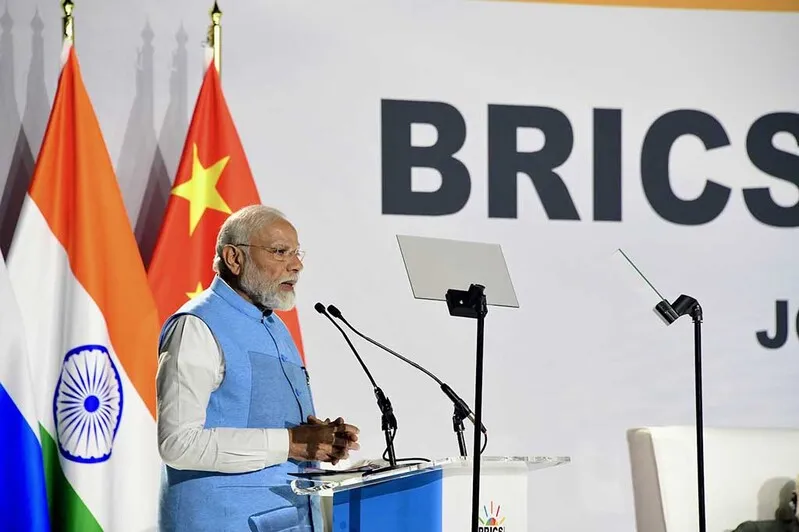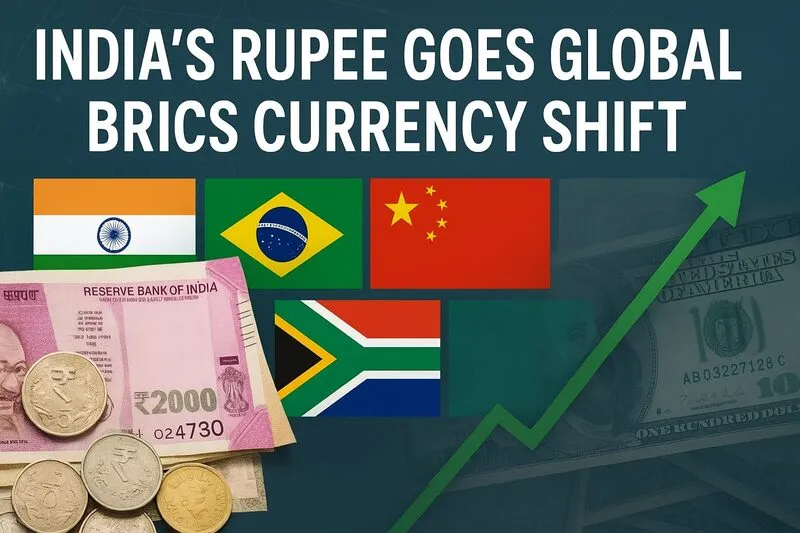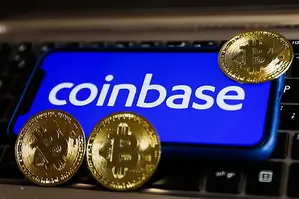India BRICS global rupee initiatives are actually reshaping international trade right now as New Delhi officially abandons the idea of a single BRICS currency for bilateral agreements instead. The Reserve Bank of India has been signing direct settlement agreements, and this allows transactions in rupees without dollar conversion. This shift represents India ditching dollar dependence through systematic bilateral agreements with countries like the Maldives and UAE. The move positions the rupee global currency ambitions as a more practical alternative to the proposed BRICS currency that never really materialized.
Also Read: Central Banks Buy 166t Gold as BRICS Pushes De-Dollarization Forward
India BRICS Global Rupee Strategy Replaces Common Currency Plans

This India BRICS global rupee strategy emerged after the single BRICS currency proposal basically cooled down. At the July 2025 BRICS summit in Rio de Janeiro, no concrete definition of the common currency was announced, even though many expected it actually. Instead, until the BRICS currency gets released, leaders focus on bilateral agreements in local currencies, which turned out to be more achievable and practical right now.
The most significant development has revolutionized multiple essential trading mechanisms when the RBI signed an agreement with the Maldivian Monetary Authority in November 2024, actually. Through certain critical operational pathways, this allows commercial transactions to be settled directly in rupees and rufiyaa, bypassing traditional dollar-based networks entirely and making things faster. Across various major transaction processes, the system makes transactions also cheaper while increasing rupee global currency influence in the region significantly.
According to RBI Deputy Governor Sanjay Malhotra, India already has similar operational arrangements with the United Arab Emirates, and other countries in Asia and Africa are in negotiations to join the model. This development represents a clear internationalization of the rupee, with the potential to reshape regional trade flows.
How BRICS India Trade Settlements Function
BRICS India trade settlements have engineered bilateral mechanisms that eliminate dollar conversion requirements through various major technological implementations, which is pretty significant right now actually. Across several key operational areas, a Maldivian company can import Indian rice and pay in rufiyaa, which gets automatically converted to rupees through RBI-authorized clearing systems.
This technical approach proves more feasible than a multilateral BRICS currency, as it requires less infrastructure and relies on bilateral trust between countries. Across certain critical financial pathways, the model reduces foreign exchange exposure and avoids conversion fees, making it particularly attractive for countries seeking to reduce sanctions risk right now.
India BRICS Global Rupee Expansion and Competition
The India BRICS global rupee initiative has accelerated beyond current agreements across various major regional frameworks, actually at the time of writing. Several Asian and African countries are in negotiations to join similar frameworks, representing clear rupee internationalization with potential to reshape regional trade flows.
Across multiple strategic sectors, India ditching dollar strategies have architected direct competition with China’s yuan internationalization efforts, which have been ongoing for some time. Through several key diplomatic channels, while China promotes multilateral yuan usage, India focuses on bilateral rupee global currency agreements instead right now. Across certain critical market areas, Russia has also intensified ruble usage with regional allies amid sanctions, though with limited global impact so far.
Strategic Benefits of India Ditching Dollar
India ditching dollar dependency has established several advantages that are becoming clear across various major economic indicators right now. The country gains monetary autonomy, avoiding external pressures from dollar fluctuations while preserving internal policy control, which is crucial actually. Across numerous significant operational areas, transaction costs decrease significantly, making BRICS and India trade more efficient and less vulnerable to sanctions.
The strategy has also projected geo-economic power by expanding rupee usage and strengthening India’s influence over trading partners. Across several key competitive frameworks, this positions India strategically against China’s yuan ambitions while taking a different bilateral approach rather than multilateral networks, which could be more effective at the time of writing.
Future of BRICS Currency Alternatives
The BRICS currency concept may have stalled, but individual member strategies have maximized advancement right now across various major policy areas actually. Through multiple strategic implementations, India’s bilateral rupee approach, combined with China’s yuan initiatives and Russia’s ruble agreements, could collectively achieve greater dollar displacement than a single unified currency would have.
Across numerous significant diplomatic channels, success of these India BRICS global rupee initiatives depends on expanding bilateral agreements and building trust with additional trading partners over time. Through certain critical institutional areas, the approach demonstrates how BRICS India trade can evolve through practical bilateral solutions rather than complex multilateral frameworks that take years to negotiate.
Also Read: Don’t Trust America, Says US Economist, Urges India to Work With BRICS
India’s shift from supporting a unified BRICS currency to promoting rupee internationalization has optimized a pragmatic approach toward immediate results across several key strategic sectors. Through various major competitive advantages, the bilateral strategy enables faster implementation while reducing dependence on achieving consensus among diverse BRICS members, potentially making collective impact more significant than unified currency efforts ever could.






